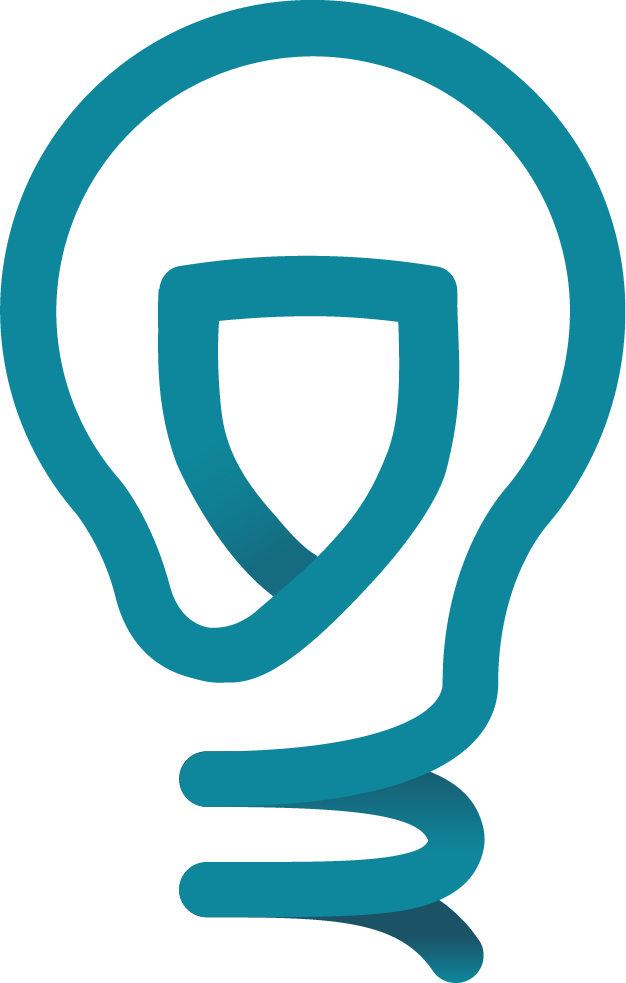Isabella Cho: Promoting Inclusivity in Quantitative Frameworks for Giving
It’s inevitable: Solving problems on a global scale requires some sort of quantitative framework. Whether it be determining the pesticide concentration in agricultural runoff or the number of malaria nets needed for a specific population, large-scale problems demand methods of objective assessment.
Utilizing impartial metrics to effect change has long been a cornerstone of the EA community. In his 2016 talk “Prospecting for Gold,” Oxford professor Owen Cotton-Barratt analogizes effective altruism to the process of looking for gold. Through this example, he summarizes three key principles of EA: scale, tractability, and neglectedness — a condition he refers to as “uncrowdedness.”
Cotton-Barratt’s description of maximizing giving exhibits, like many others before him, a heavy reliance on quantitative metrics. In some ways, this dependence on numbers is intuitive, perhaps even inevitable. When dealing with vast populations or complicated problems, numbers provide a tangible, comprehensive way to visualize scenarios and optimize results.
But what about those ideas, experiences, or problems that resist quantification? How can we explain in numbers, for instance, the quality of a human existence? The simple answer is that we can’t. Though we may be able to approximate the number of lives saved by a new pharmaceutical drug or calculate water pollution in parts per million (ppm), it’s challenging — if not nonsensical — to attempt to quantify lived human experiences.
The EA-friendly website 80,000 Hours provides a comprehensive blueprint titled “A guide to using your career to help solve the world’s most pressing problems” that helps people envision how they can maximize career impact. Many of the proposed job options address existential risks related to technology and politics — think AI, Sino-U.S. relations, biorisks (a field whose relevance has spiked following the Covid-19 pandemic), and nonprofits.
Unsurprisingly, the list is replete with STEM-related fields. Also unsurprising is the list’s dearth of professional fields whose work cannot be quantified through lives saved, vaccines produced, tonnage reduced, or money earned. The most striking omissions include professions in the arts and the humanities at large.
These observations by no means negate the extensive work the EA community has done to address some of the world’s most salient challenges. Global problems require some sort of quantitative methodology as a launching point. However, if more people are to become involved in EA, it is worth asking: How can we collectively devise a more nuanced, inclusive framework for effective giving? Perhaps it begins with fostering individuals’ — particularly younger individuals’ — unique passions, rather than solely encouraging them toward paths that guarantee immediate, tangible returns.
———
Isabella "Izzy" Cho is a freshman at Harvard College from Wilmette, IL. Izzy plans to concentrate in History & Literature with a secondary in Economics. She is passionate about exploring trans-national accountability in an increasingly globalized world, as well as the impactful incorporation of arts into K-12 education. In her free time, Izzy loves taking directionless walks, watching Korean television, and writing.
